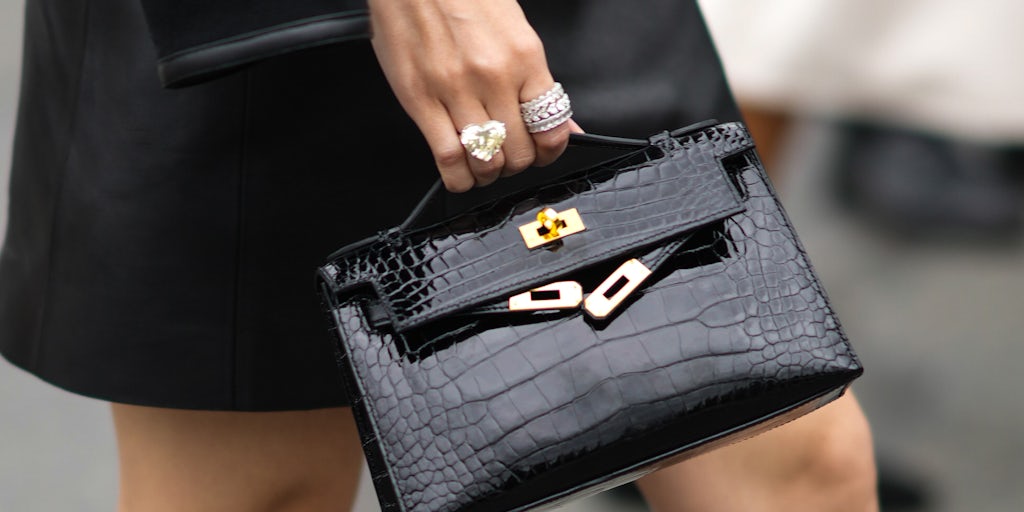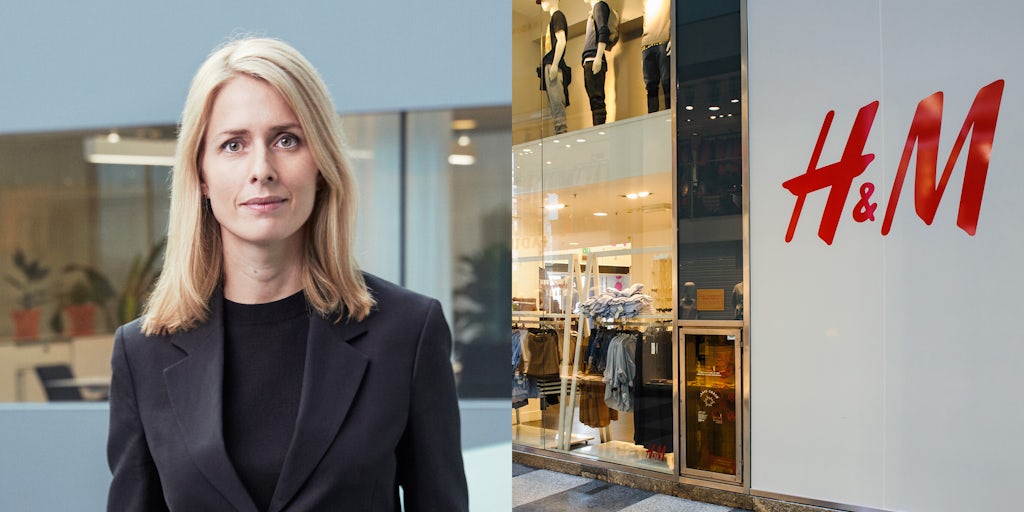Maarten Baas Talks ‘More or Less’ Milan Exhibition With G-Star Raw – WWD
Maarten Baas has touched down at Milan Design Week, and this year he’s reimagined a former Roman church as an airplane hangar for his new private jet.
In collaboration with G-Star Raw, the Dutch artist-designer is unveiling his latest exhibition during Salone del Mobile at San Paolo Converso, a contemporary art space. The centerpiece of “More or Less” is a true-to-size plane sculpture constructed using denim board, a semirigid material made from upcycled G-Star jeans. Despite working with the recycled material, Baas wasn’t interested in hitching onto the “eco-friendly” narrative.
“I don’t see that as my role. I just want to make good work which has a certain relevance,” says Baas. “I didn’t want to also act like, ‘Oh, I made a recycled piece, and that’s how I saved the world.’ Because I think there’s a lot of hypocrisy going on in this topic,” he adds. “It’s not just about saving the world, because if everybody flies to Milan and then looks at the recycled piece of furniture — well, what are we talking about?”
In other words, it’s not a black-and-white topic. For Baas, the topic looks rather indigo at the moment, and the G-Star collaboration allowed him to explore the sticky space between eco-friendly and eco-window dressing.
G-Star Raw x Maarten Baas
Courtesy
G-Star Raw x Maarten Baas
Courtesy
“Private jets, it’s always a big joke when you see those airplanes going to Davos every year [for the World Economic Forum],” says Baas, adding that he isn’t passing judgment on individual choices through his work but instead hopes to provoke introspection and conversation. “I want to address the dilemma we are all part of. We all consume; everybody who’s going to see the exhibition in Milan is guilty in the sense that they most likely went there not by bicycle. Maybe they went by an airplane.”
The exhibition’s title, “More or Less,” speaks to the broader dilemma of modern consumerism, which touches the third rail for most profit-minded apparel businesses. How do you balance the desire for more — design, fashion, innovation — while navigating the environmental need for less consumption, production and waste?
Baas credits G-Star for being on board with his proposal to mull those questions through the lens of the brand’s denim. “There’s this inner conflict, it seems like, in everybody, and also in humanity in general. What do you want? Do you want more, or do you want less?” adds Baas. “But also — we are more or less doing a good job, you know? We’re not pretending this is the solution, but more or less, approximately, we are headed in the right direction.”
G-Star Raw x Maarten Baas
Courtesy
In addition to debuting the 15-meter plane, certainly a conversation piece, the exhibition includes a large sculptural light installation featuring the words “more” and “less” in a “waterfall of neon,” and storage cabinets made with the G-Star Raw denim board. The furniture on view was designed in a similar style as Baas’ “Close Parity” series, in which objects are extruded from a two-dimensional outline. Although they exist as functional objects, Baas considers the utility of his designs a byproduct rather than the primary intention.
“If the function was the most important part of it, then I would make different things,” he says. “It’s about either the shape, the message, or the story that I want to tell, rather than having the most functional cabinet or airplane. Sometimes I say the function is an artistic advantage,” he adds, nodding to his well-known “Real Time” series of clocks, which first launched at Salone del Mobile in 2009 and often feature performance videos of human timekeeping as the clock face. “The fact that they are actually in time makes them artistically stronger. It’s still not about the function — I mean, who cares? You can watch the time on your watch or your phone. Nevertheless, the fact that it actually is in time makes it interesting.”
While preparing for the Milan exhibition, which opens on Monday, another one of Baas’ recent designs was already the talk of the town at home in the Netherlands. Earlier this spring, Baas unveiled a public installation, “Intellectual Heritage,” commissioned for the exterior of Utrecht’s Neude Library.
“It has been a big, big fuss here in Utrecht,” says Baas of the piece, located in the center of town. “Everybody has seen it. Everybody has an opinion about it.”
The colorfully frenetic light sculpture hangs above the library entrance and was inspired by Las Vegas Strip signage, a sharp contrast to the former bank building’s classic architecture and status as a literary hub. It’s attention-grabbing by design; the idea was to shift attention from the busy-ness of the outside world to the solace of the library. The piece, taking cues from advertising, is composed of words that are literary-adjacent, like “Kafka” and “Tsjechov”; library-centric — “silence” and “study study study” — and an LED screen that will shuffle different displays of text. A giant vertical “bibliotheek” arrow points toward the front doors.
“What I did was quite an extreme gesture. There were people who were really offended by it – it’s a really either you love it, or you hate it kind of thing,” adds Baas, noting that some of the initial dissenters changed their tune once they saw the final installed piece. “The building is one of the most iconic buildings of Utrecht, and so it has a lot of sentiment for people,” he adds. “I think over time, this will become part of Utrecht, just like the building initially was.”
Stateside, Baas unveiled his solo exhibition “Play Time” earlier this year in Los Angeles, featuring clocks from his “Real Time” series; the show is open through May 26. The artist has an upcoming solo museum show in Holland this summer that will highlight existing works, and he’s continuing to develop “Downtown Palmela,” the plot of land he purchased in Palmela, Portugal, along with culinary artist André Amaro. The pair intend to open an artist residency, among other creative community projects. There are buildings to restore and trees to plant — so far, they’ve put around 80,000 in the ground. “They have to grow for many years to become something,” notes Baas.
For an artist interested in visual representation of time, it certainly sounds like an exciting proposition to watch.
Artwork by Maarten Baas at Utrecht’s Neude Library.
Maarten Noordijk







:quality(70):focal(1035x468:1045x478)/cloudfront-eu-central-1.images.arcpublishing.com/businessoffashion/PGKNMHJBVBHW3EMM2RPT3E2SSA.jpg)

